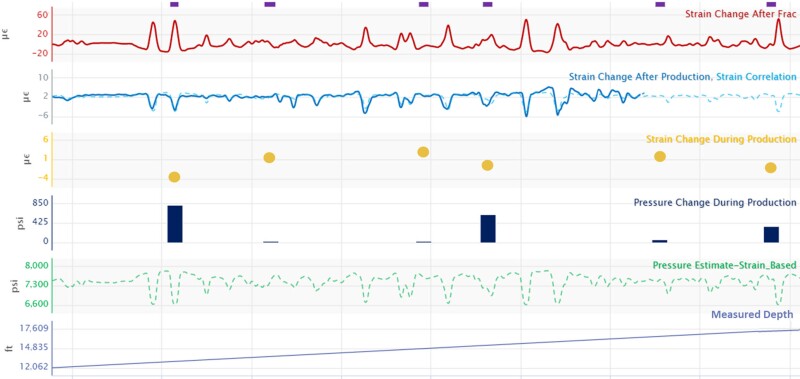The combination of horizontal wells and hydraulic stimulation has been key in unlocking vast unconventional resources across North America and elsewhere, but much remains to be understood regarding how the reservoir is drained across the miles of laterals accessing a resource. The density of pressure gauges required to accurately measure the drainage pattern from a horizontal multistage stimulation is currently not realistic economically or technologically. In this case study, the authors describe a method of monitoring the drainage profile of a horizontal multistage stimulation using optical fiber.
Introduction
An advanced subsurface diagnostic project was deployed as part of the Hydraulic Fracture Test Site I, Phase 3, funded by the Department of Energy. A lateral observation well was positioned approximately 225 ft away from the nearest two stimulated and producing horizontal wells.


